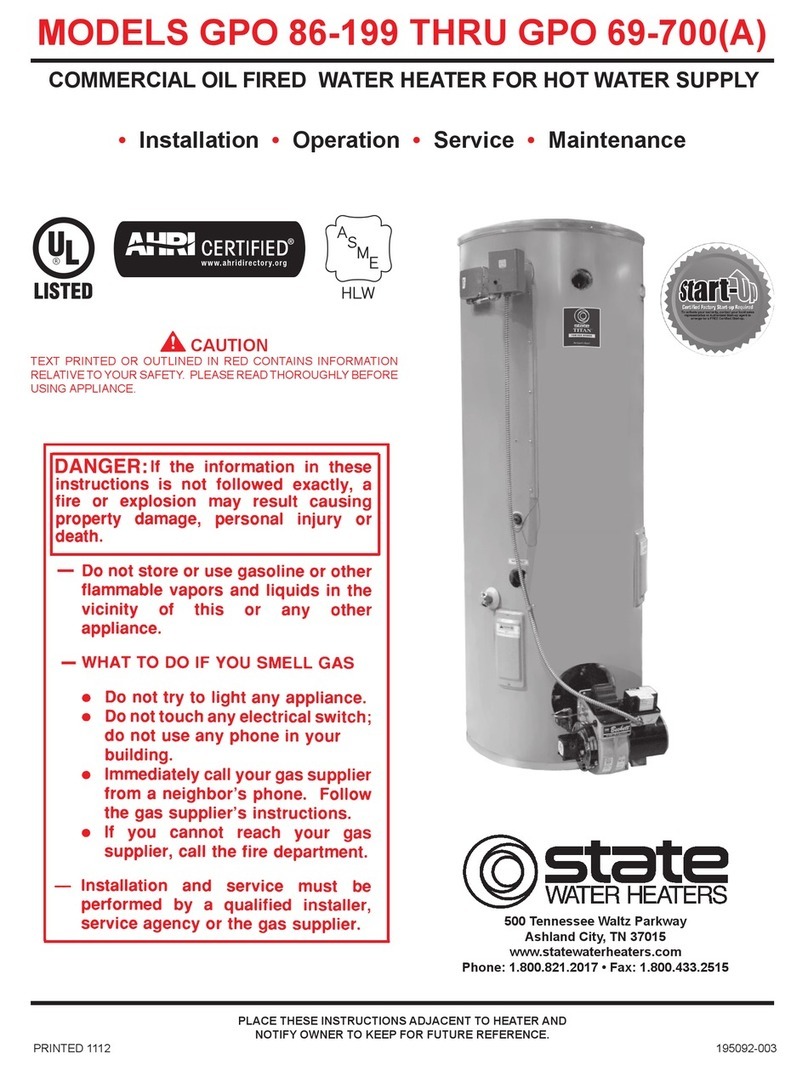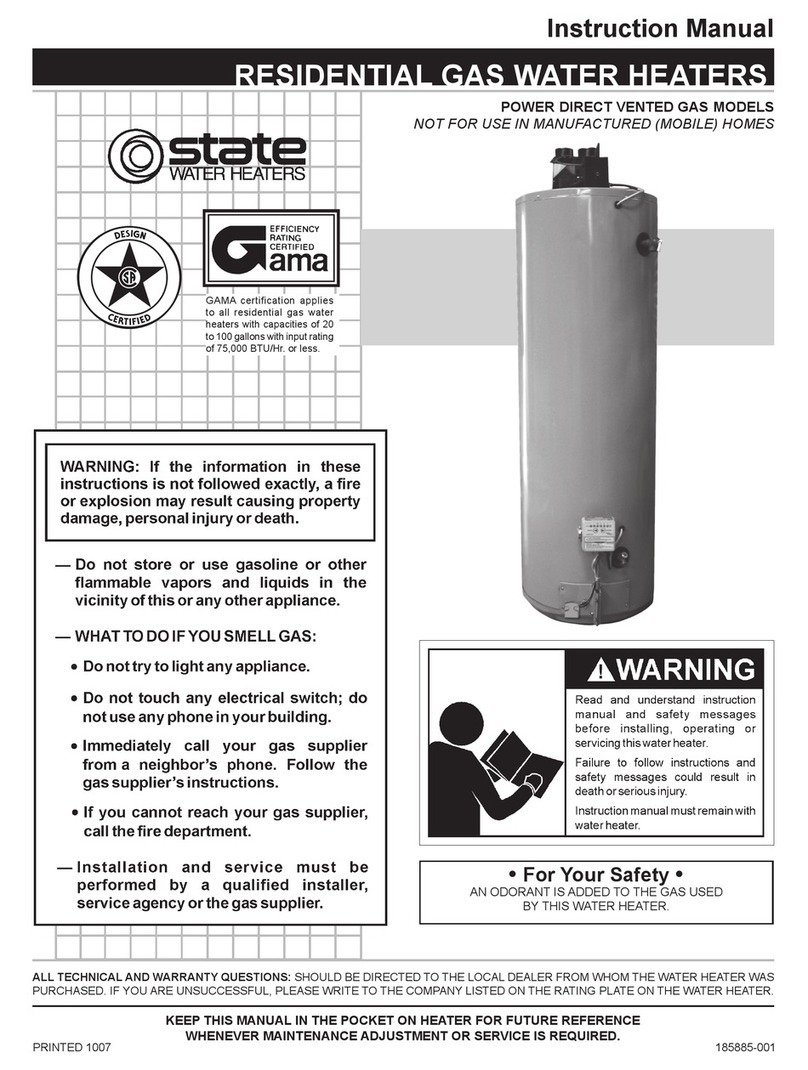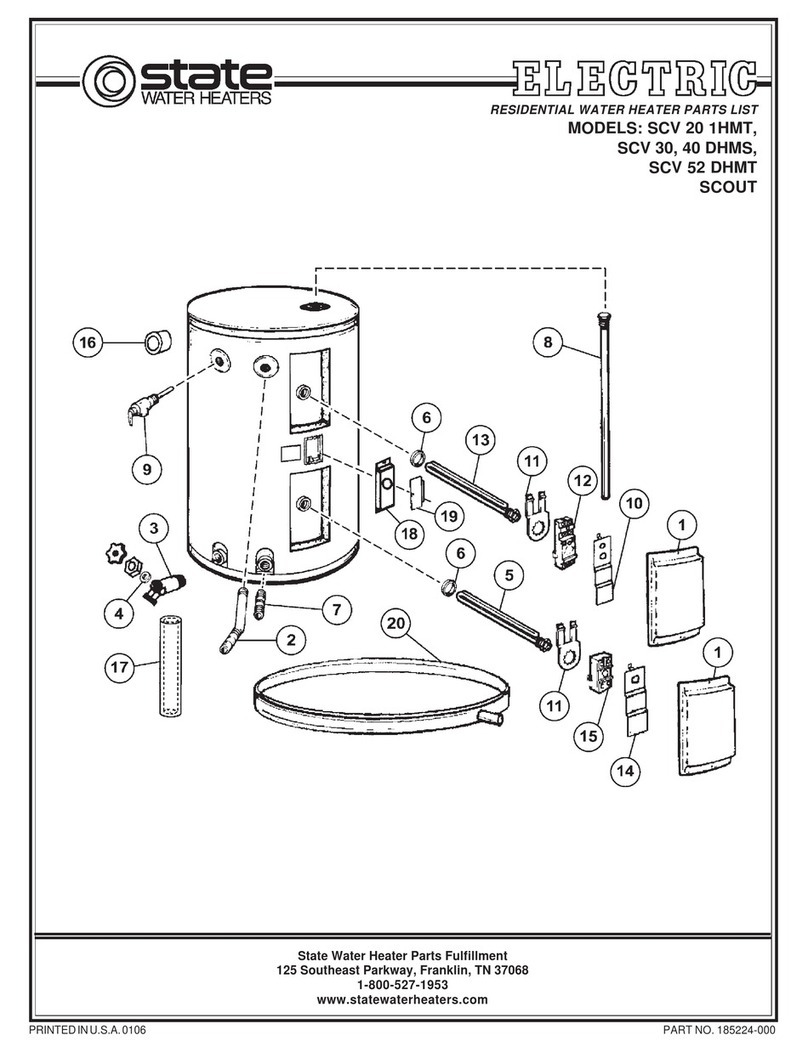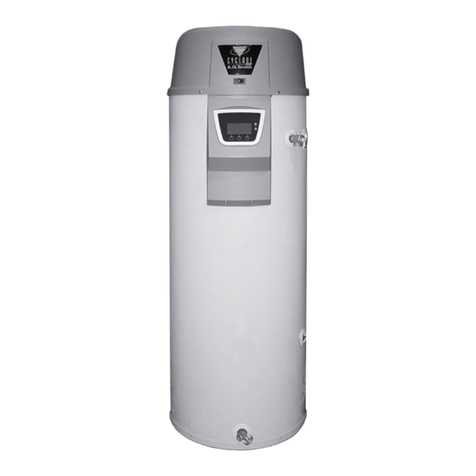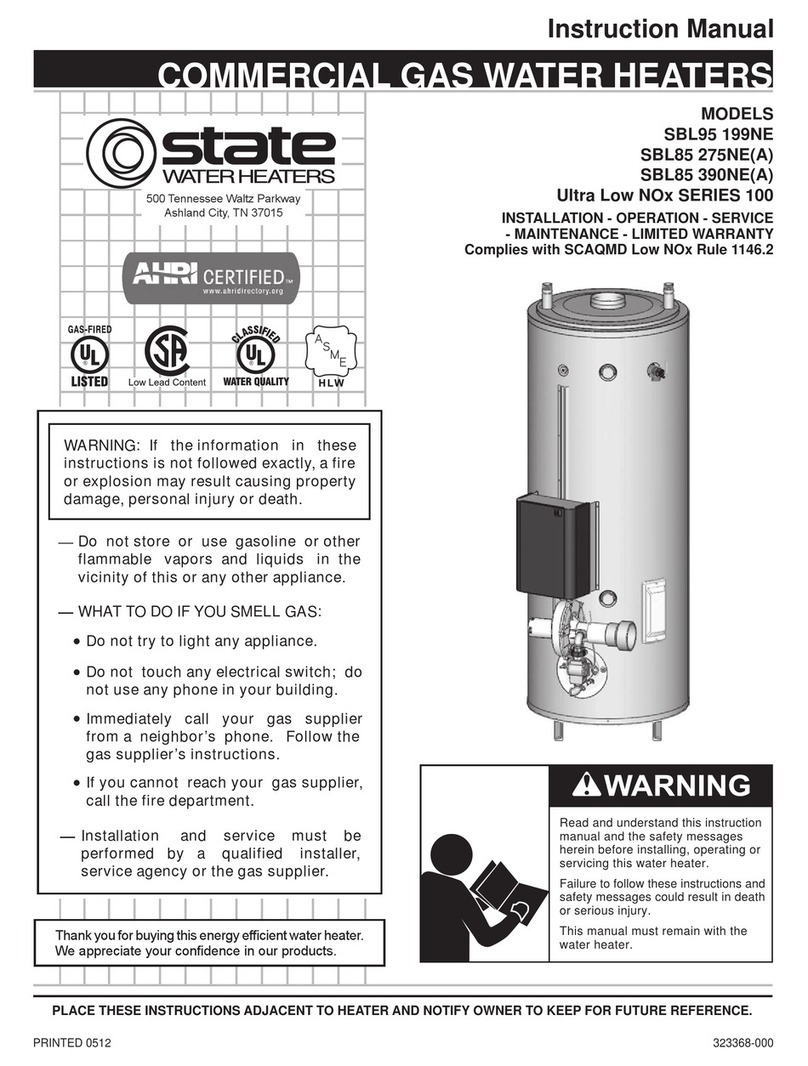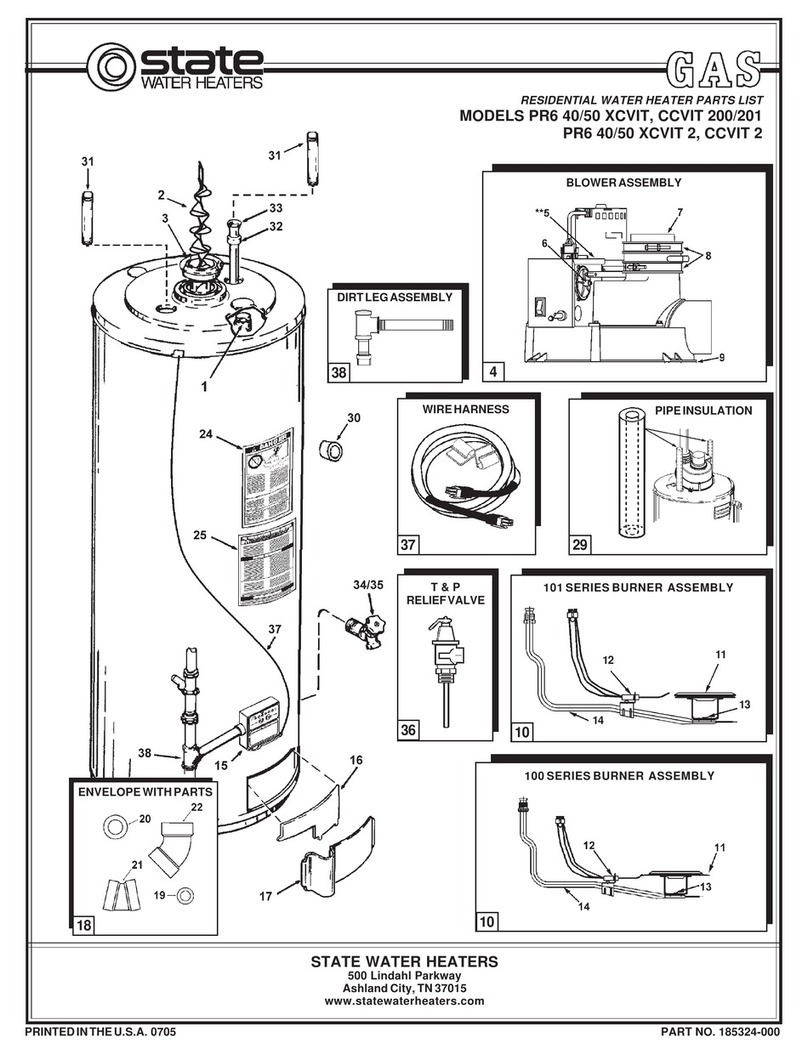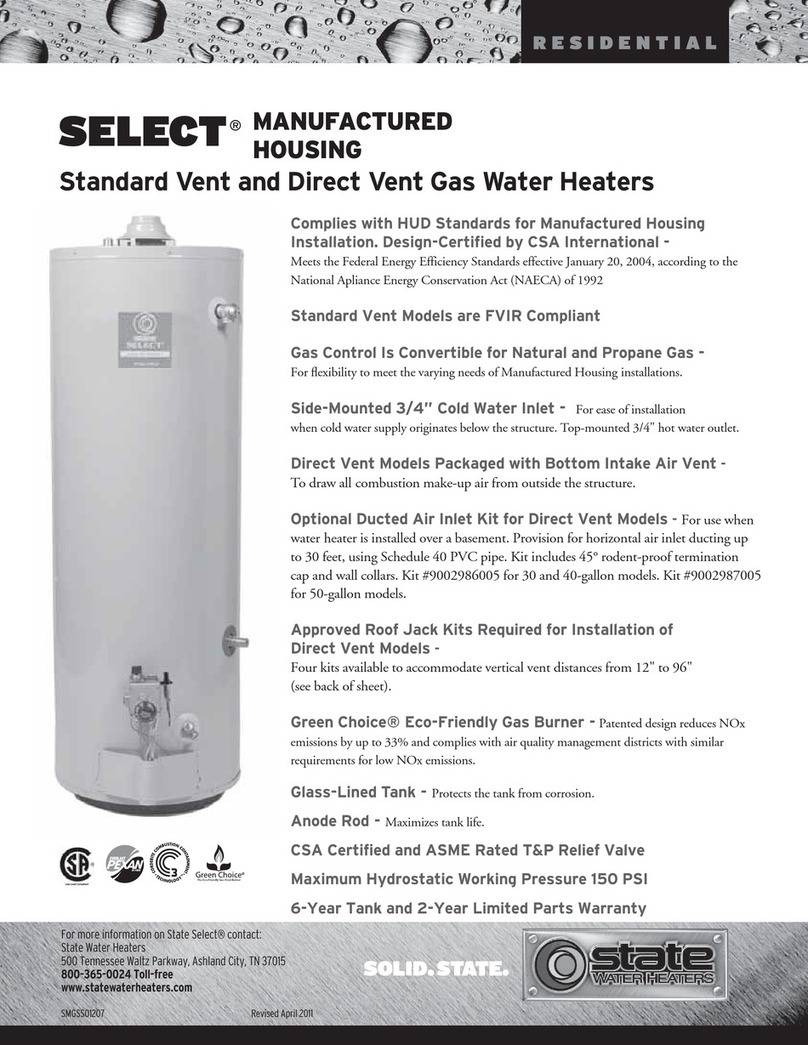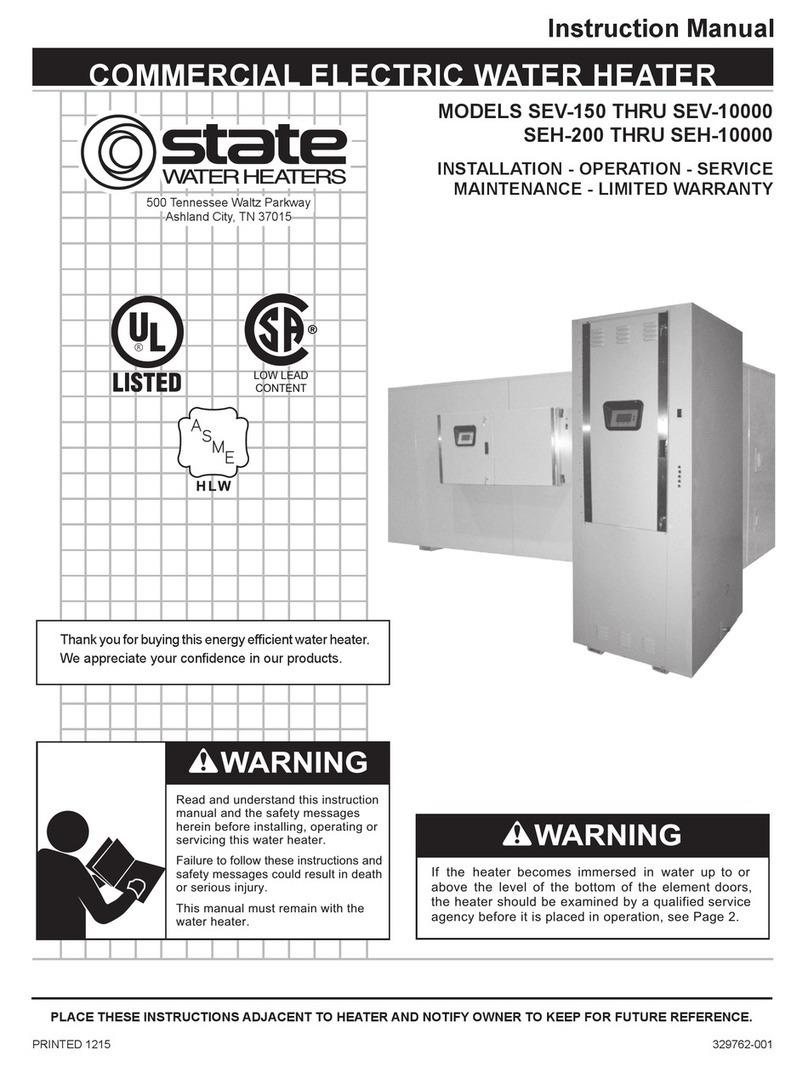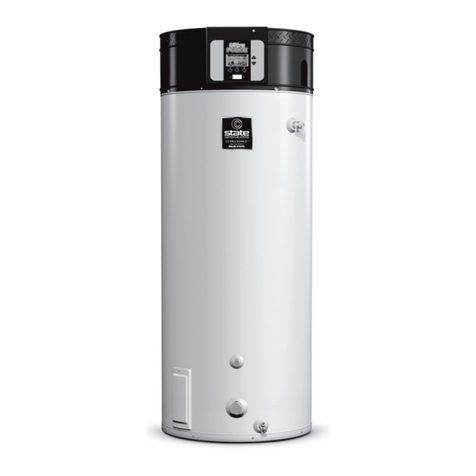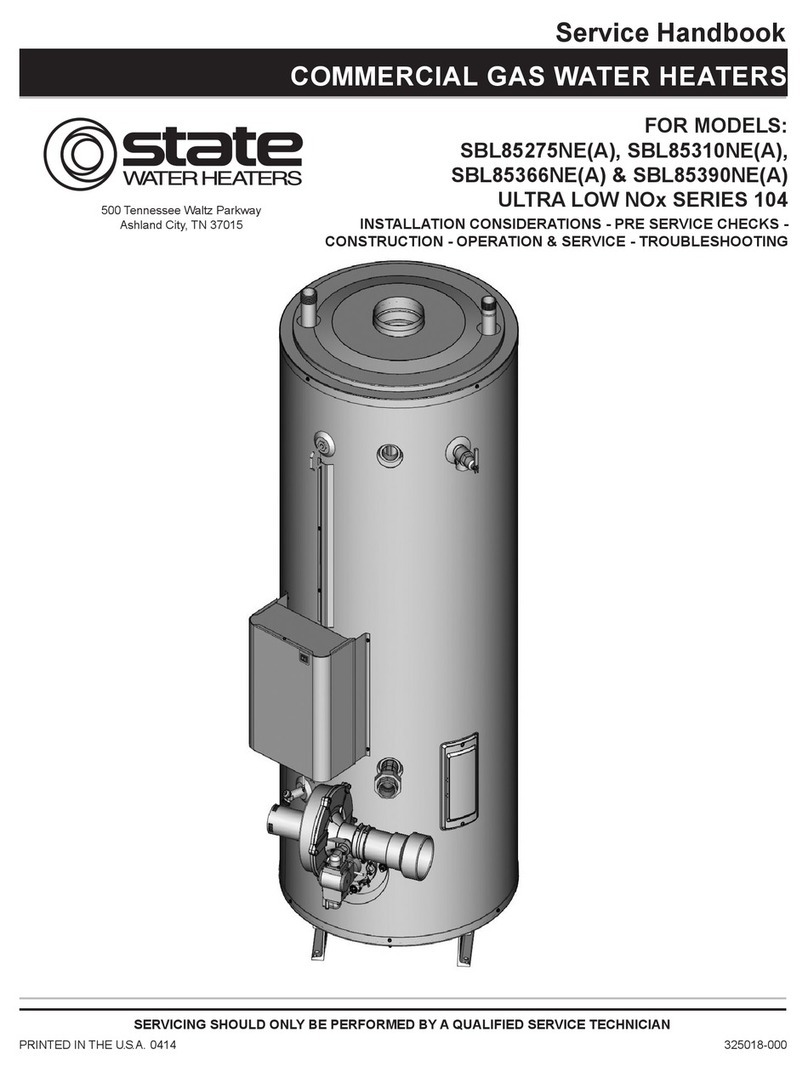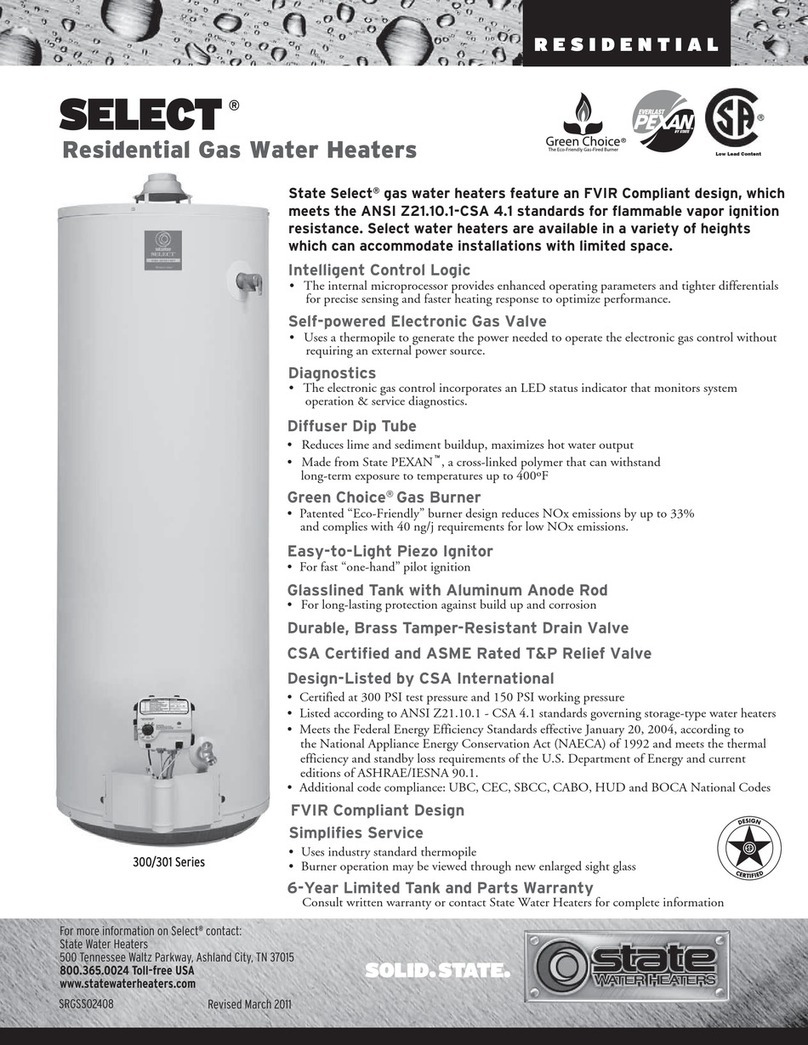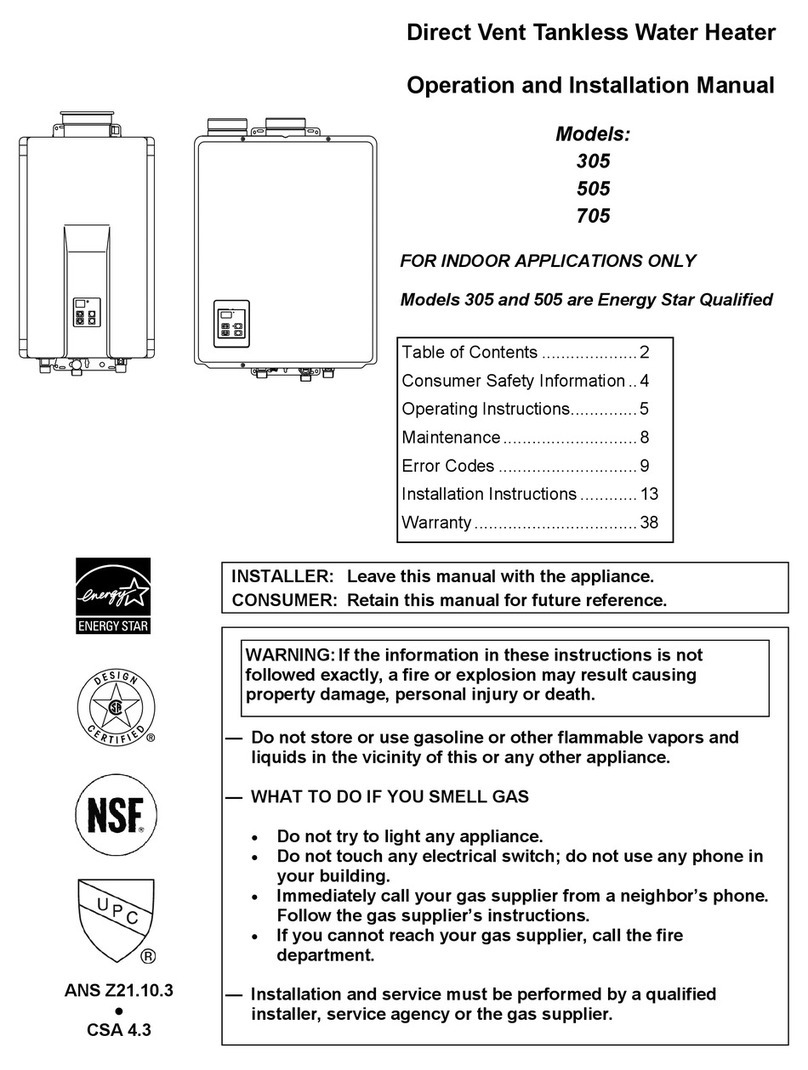
234567890
234567890
234567890
234567890
234567890
234567890
234567890
234567890
234567890
234567890
234567890
234567890
234567890
234567890
234567890
234567890
234567890
234567890
234567890
234567890
234567890
234567890
234567890
234567890
234567890
234567890
234567890
234567890
234567890
234567890
234567890
234567890
234567890
234567890
234567890
234567890
234567890
234567890
234567890
234567890
234567890
234567890
234567890
234567890
234567890
234567890
234567890
234567890
234567890
234567890
234567890
234567890
234567890
234567890
234567890
234567890
234567890
234567890
234567890
234567890
234567890
234567890
234567890
234567890
234567890
234567890
234567890
234567890
234567890
234567890
234567890
234567890
234567890
234567890
234567890
234567890
234567890
234567890
234567890
234567890
234567890
234567890
234567890
234567890
234567890
234567890
234567890
234567890
234567890
234567890
234567890
234567890
234567890
234567890
234567890
234567890
234567890
234567890
234567890
234567890
2
l. Introduction To Commercial Water Heating Pages
Parameters .................................................................................................................................... 2-3
What is Hot Water? ........................................................................................................................ 3-4
Evaluating Water ............................................................................................................................ 4
ll. Principles of Sizing
Hot Water Demand ........................................................................................................................ 5
Profiles of Operation ...................................................................................................................... 5-6
lll. Equipment Performance
Recovery Capacity Tables.............................................................................................................. 6-7
Storage Capacity And Tank Efficiency............................................................................................7
Gas and Oil - Fired Tank Type Heaters.......................................................................................... 8
Electric Tank Type Heaters............................................................................................................. 8
Auxiliary Tank (Unfired)................................................................................................................... 8
Heater Recovery Plus Storage Tank Equals Demand .................................................................. 8
Heater Recovery And Storage Tank Performance Comparison ................................................... 9
When Using Electricity to Heat Water ............................................................................................10
Estimating Water Heating Costs ................................................................................................... 10
lV. System Types And Application
Design Objectives.......................................................................................................................... 11
System Types ................................................................................................................................. 11
Tank Type Water Heater Systems Using Gas, Oil and Electricity.................................................. 11-12
Creating The Successful System ..................................................................................................13
Sizing Without Prepared Information ............................................................................................. 13-14
One Temperature System .............................................................................................................. 14
Two Temperature System .............................................................................................................. 15
Field Assistance............................................................................................................................. 15
Thisguideis differentthan mostproduced bythewater heatingindustry. Insteadof justreferring you
toprepared sizinginformation theguideshowsyouhow it’sdone. Then, whennewmodelheatersare
Index
Foreword introducedor applicationsaredifferent,youwill havetheinformation necessarytoproceed on
yourown withconfidence.
You will learn how to evaluate water characteristics which could affect system life and
performance,developaprofileofsystem operationtoestablishdemandandrecoveryperiods,
size energy and storage requirements to meet system demands and, all told, create a
successful commercial water heating system.
I. Introduction to Commercial Water heating
Parameters
Awater heateris anappliance forsupplyinghotwaterforresidentialor commercialuse otherthan
spaceheating. Themaximum outletwater temperaturefor a waterheater is210°F (98.5°C).
Water heaters are sometimes called boilers and may be so labeled. This is because the gallon
capacityofthe tankand/or theenergy inputisabove alevel forwhich somecodesrequire ASME
(American Society of Mechanical Engineers) construction. Essentially the requirement applies
whenthe water-containingcapacityisinexcess of120 gallonsor theheat inputis above200,000
Btuh (58.6 kw). Caution, some local inspectors interpret the code to mean including 120 gallons
and 200,000 Btuh. The “boiler” requirement can cause cost escalation or system rejection if not
takenintoconsideration bythe systemdesigner. One waythat moreexpensive heatercostsare
oftenavoidedis bycombining several“smaller”heaters intoa systeminsteadof onelarge unit.
The term water heater and water heating system is used interchangeably in this technical guide.
The water heating system may consist of one or more water heaters installed individually at
points-of-use or manifolded together to form a central system. Some systems are comprised of
waterheater(s),withorwithout storage,hot waterstorage tanks,circulatingpump,relatedpiping
andcontrols.

